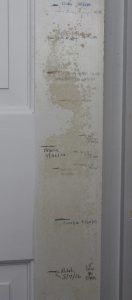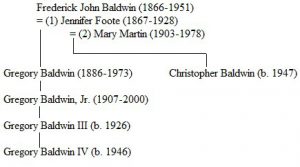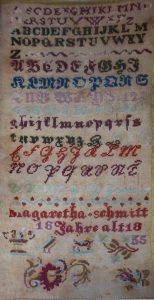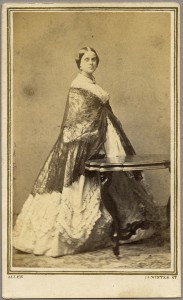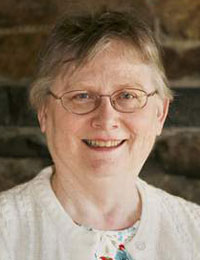 The last thing, literally, any of us wants to think about is writing obituaries.
The last thing, literally, any of us wants to think about is writing obituaries.
Even if we have very elderly or very sick loved ones and know that the time is near, it seems eerie and sacrilegious to think about preparing an obituary while they are still living, perhaps even tempting fate and hastening death!
None of us, hopefully, will have to write a lot of obituaries. I’ve written them for my parents, but they or their siblings wrote them for my grandparents, and the rest of my relatives have nearer loved ones to whom that task will fall. Continue reading Obituaries



